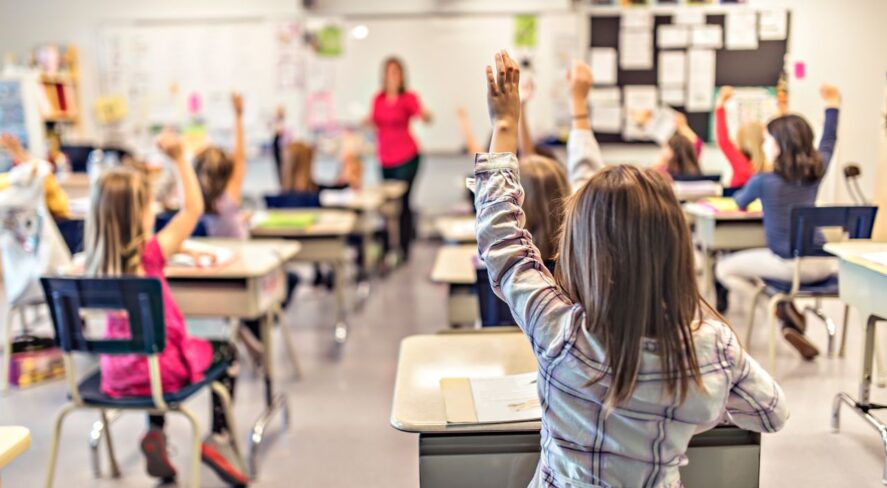10 Stats on School Security You Should Know

CISA just did a study on K-12 school security. Here are 10 key takeaway stats.
In today’s environment, K-12 schools face an evolving and dynamic set of security risks and threats, ranging from acts of targeted violence to bomb threats to natural disasters. Enhancing school safety and security requires a community-based, comprehensive and holistic approach, in which a wide range of school community members play a role.
In a recent session from the 2025 SIA GovSummit – the nation’s premier government security conference, taking place May 20-21 in Washington, D.C. – experts from the Cybersecurity and Infrastructure Security Agency (CISA) shared data from a new K-12 schools survey regarding community members’ perspectives on school security and safety.
Here are 10 of the top statistics and insights uncovered:
- 45% of teachers and principals fear their students will be victims of attacks or harm, but students still generally feel safe at school.
- 10% of schools have experienced gun violence in the last five years.
- 75% of principals believe their security measures have a positive effect on school climate.
- 57% indicated that the age and/or design of their school buildings negatively impacted their ability to implement necessary safety measures.
- 79% of schools conduct physical security site assessments once a year, with middle schools being the most likely (89%) to do so.
- 60% of principals reported that their schools had experienced one or more of seven types of cybersecurity incidents.
- 67% of principals believed their students had been misled by deepfakes, and 50% believed other teachers or administrators in their districts had fallen victim to them.
- 40% of schools have been the target of a threat posted on social media, in written form or received by telephone during the last two school years.
- 75% of schools have tip lines, but threats are most often reported to teachers.
- Teachers and principals both rated bullying as their top school safety concerns (49%), with other top concerns including student fights, drug use, self-harm, violence against staff, active shooter incidents and weapons.
Having a holistic approach to school security and safety includes a variety of stakeholders and focus areas, including bullying prevention, cybersecurity, improving the school climate, planning and practicing for emergencies, intervening with support early, implementing security measures and supporting student mental health.
Here are some key resources regarding school security planning and preparedness:
- PASS Safety and Security Guidelines for K-12 Schools: This resource, presented by the Partner Alliance for Safer Schools, offers the most comprehensive information available on best practices specifically for securing school facilities, vetted extensively by experts across the education, public safety and industry sectors. The guidelines, along with the accompanying school security checklist, are free to download thanks to the efforts of volunteer contributors.
- SchoolSafety.gov: This official U.S. government resource offers a repository of actionable recommendations to create safe and supportive learning environments for students and educators.
- CISA Conflict Prevention: CISA shares tips for how to help deter threats and prevent harm by spotting and reporting suspicious activity.
- CISA Bombing Prevention: CISA offers guidance for a coordinated national approach to enhance the country’s ability to prevent, protect against, respond to and mitigate the use of explosives against critical infrastructure.
Learn more about SIA’s advocacy and government relations resources and activities here.
